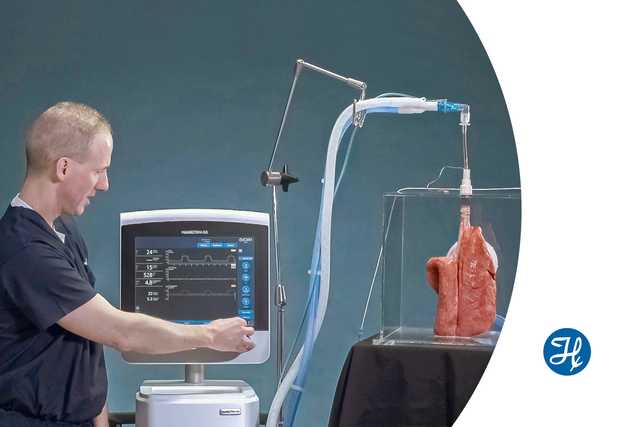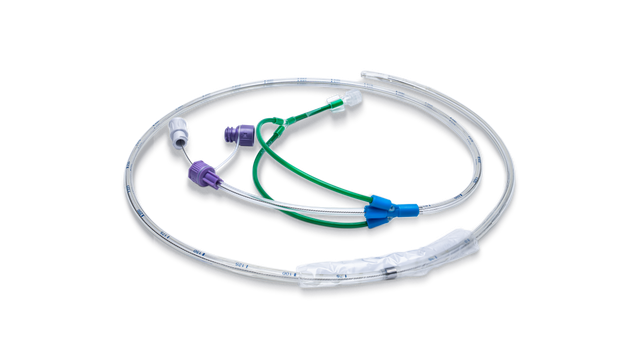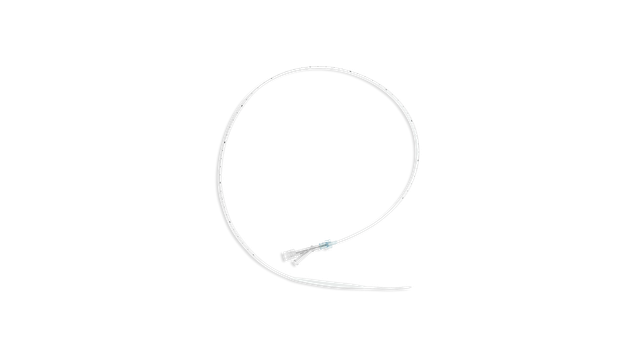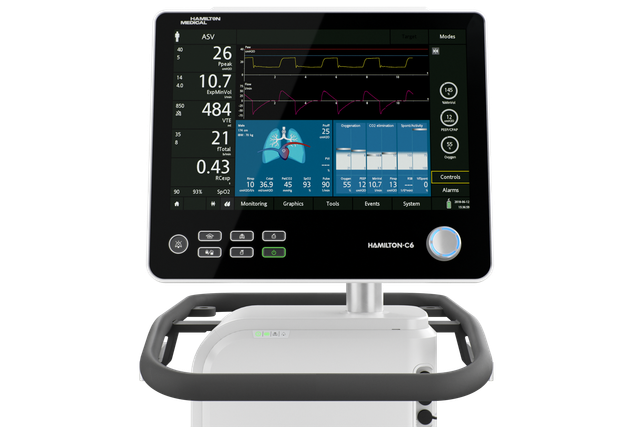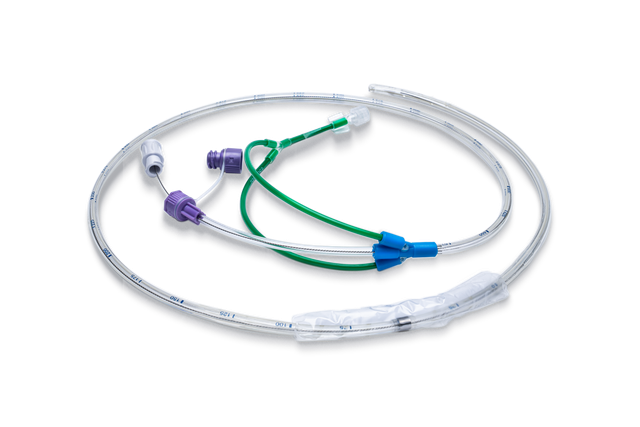
Insider‑Einblicke. Messung des ösophagealen Drucks
Die Messung des ösophagealen Drucks (Pes) ist eine minimalinvasive Monitoring‑Methode, mit der der transpulmonale Druck bestimmt werden kann.
Die gängigste Methode zur Messung des Pes ist die Verwendung eines luftgefüllten Ballons, der in einen Ösophaguskatheter integriert ist.
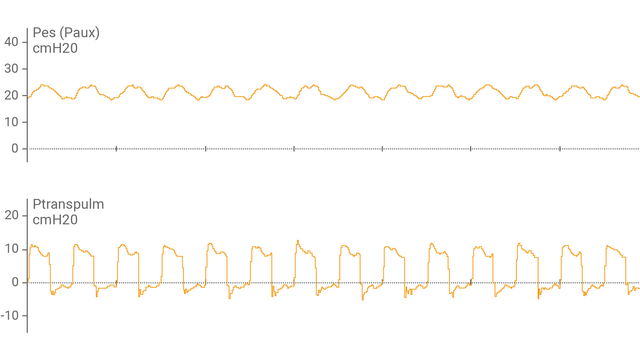
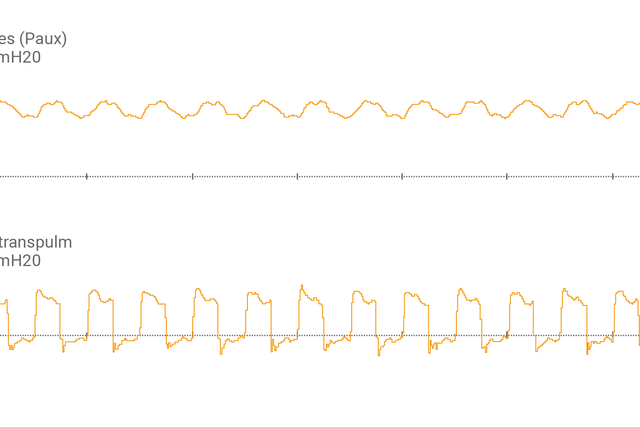
Mit eigenen Augen sehen. Pes und Ptranspulm auf dem Bildschirm
Nachdem Sie den Ösophagusballonkatheter an den Hilfsanschluss angeschlossen und die korrekte Platzierung bestätigt haben, zeigt der Bildschirm des Beatmungsgerätes den Ösophagusdruck (Pes) und die transpulmonalen Druckwerte (Ptranspulm) als Kurven an.
Sie können den statischen Ptranspulm mit inspiratorischen und exspiratorischen Hold‑Manövern messen.
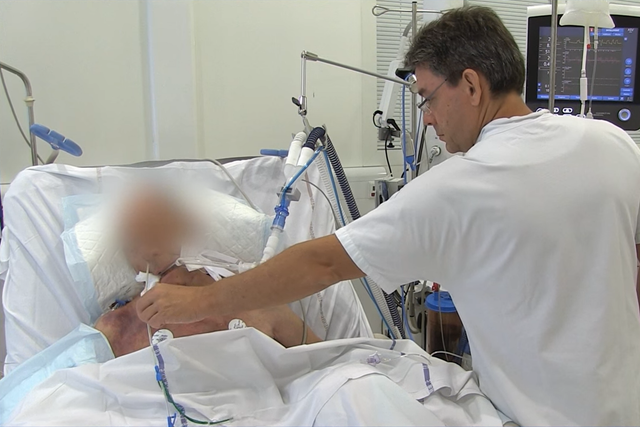
Gemeinsam an einem Strang. Beurteilung der Lungenrekrutierbarkeit
Zur Beurteilung der Rekrutierbarkeit und zur Durchführung von Recruitmentmanövern kann der transpulmonale Druck auch in Kombination mit dem P/V Tool® verwendet werden.
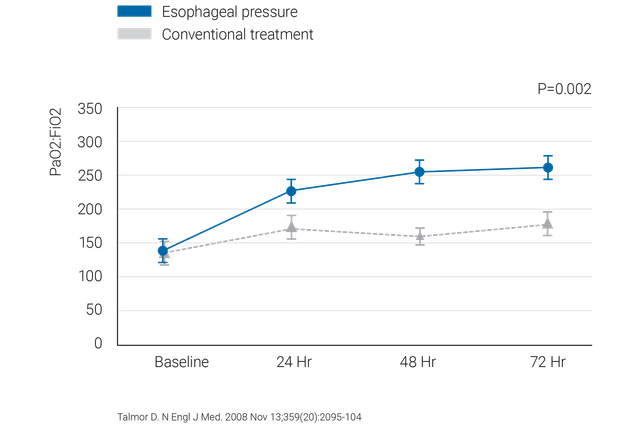
Was spricht dafür? Klinische Nachweise im Überblick
- Die Einstellung von PEEP anhand des transpulmonalen Drucks verbesserte die Compliance und Oxygenierung bei ARDS‑Patienten (
Talmor D, Sarge T, Malhotra A, et al. Mechanical ventilation guided by esophageal pressure in acute lung injury. N Engl J Med. 2008;359(20):2095-2104. doi:10.1056/NEJMoa07086381 ). - Eine gezielte Messung des positiven transpulmonaren Drucks verbesserte die Elastance und den Driving Pressure und kann mit einer verbesserten 28‑Tage‑Mortalität in Verbindung gebracht werden (
Baedorf Kassis E, Loring SH, Talmor D. Mortality and pulmonary mechanics in relation to respiratory system and transpulmonary driving pressures in ARDS. Intensive Care Med. 2016;42(8):1206-1213. doi:10.1007/s00134-016-4403-72 ). - Durch das transpulmonale Druck‑Monitoring kann auch bei schwerstkranken Patienten der Einsatz eines extrakorporalen Membranoxygenierungsgerätes (ECMO) vermieden werden (
Grasso S, Terragni P, Birocco A, et al. ECMO criteria for influenza A (H1N1)-associated ARDS: role of transpulmonary pressure. Intensive Care Med. 2012;38(3):395-403. doi:10.1007/s00134-012-2490-73 ). - Eine Beatmungsstrategie, die sich am transpulmonalen Druck orientiert, kann den Anteil der Patienten mit schwerem ARDS erhöhen, die erfolgreich von der ECMO entwöhnt werden (
Wang R, Sun B, Li X, et al. Mechanical Ventilation Strategy Guided by Transpulmonary Pressure in Severe Acute Respiratory Distress Syndrome Treated With Venovenous Extracorporeal Membrane Oxygenation. Crit Care Med. 2020;48(9):1280‑1288. doi:10.1097/CCM.00000000000044454 ). - Die Technik der Pes‑Messung ist der Goldstandard für die Bewertung der Atemanstrengung und der Atemarbeit (
Bertoni M, Spadaro S, Goligher EC. Monitoring Patient Respiratory Effort During Mechanical Ventilation: Lung and Diaphragm-Protective Ventilation. Crit Care. 2020;24(1):106. Published 2020 Mar 24. doi:10.1186/s13054-020-2777-y5 ).

Gut zu wissen! Schulungsressourcen für den transpulmonalen Druck
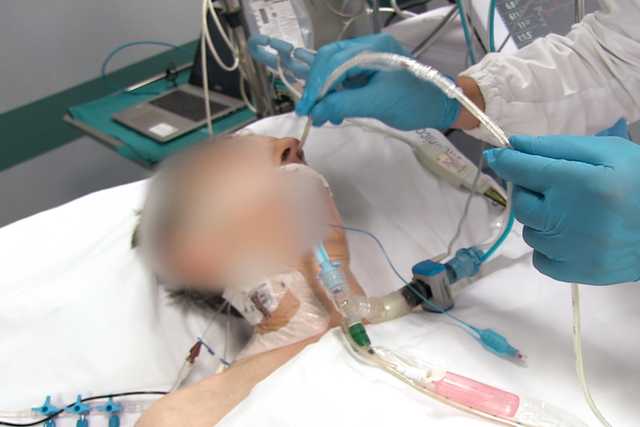
Es ist alles eine Frage der Technik! Einführen eines ösophagealen Ballonkatheters
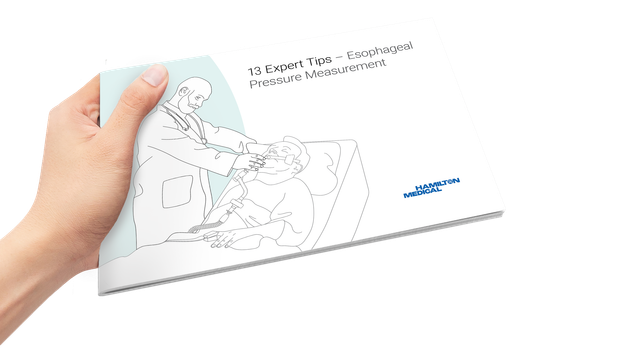
Kostenloses eBook
13 Expertentipps. Messung des ösophagealen Drucks
Bewährte Empfehlungen aus der klinischen Praxis, wie Sie bei der Verwendung des ösophagealen Drucks bei ARDS‑Patienten vorgehen und was Sie vermeiden sollten.
Verbrauchsmaterialien
Wir bieten ösophageale Ballonkatheter von CooperSurgical und nasogastrale NutriVent‑Katheter.
Verfügbarkeit
Das transpulmonale Druck‑Monitoring zählt zur Standardausstattung bei den Beatmungsgeräten HAMILTON‑C6 und HAMILTON‑G5/S1.
Weitere Informationen
Transpulmonary pressure measurement bibliography
Transpulmonary pressure measurement whitepaper
Esophageal balloon catheter reference card
Advanced procedure esophageal balloon catheter reference card
Einrichten von PEEP mithilfe des transpulmonalen Druck‑Monitorings
Referenzen
- 1. Talmor D, Sarge T, Malhotra A, et al. Mechanical ventilation guided by esophageal pressure in acute lung injury. N Engl J Med. 2008;359(20):2095‑2104. doi:10.1056/NEJMoa0708638
- 2. Baedorf Kassis E, Loring SH, Talmor D. Mortality and pulmonary mechanics in relation to respiratory system and transpulmonary driving pressures in ARDS. Intensive Care Med. 2016;42(8):1206‑1213. doi:10.1007/s00134‑016‑4403‑7
- 3. Grasso S, Terragni P, Birocco A, et al. ECMO criteria for influenza A (H1N1)‑associated ARDS: role of transpulmonary pressure. Intensive Care Med. 2012;38(3):395‑403. doi:10.1007/s00134‑012‑2490‑7
- 4. Wang R, Sun B, Li X, et al. Mechanical Ventilation Strategy Guided by Transpulmonary Pressure in Severe Acute Respiratory Distress Syndrome Treated With Venovenous Extracorporeal Membrane Oxygenation. Crit Care Med. 2020;48(9):1280‑1288. doi:10.1097/CCM.0000000000004445
- 5. Bertoni M, Spadaro S, Goligher EC. Monitoring Patient Respiratory Effort During Mechanical Ventilation: Lung and Diaphragm‑Protective Ventilation. Crit Care. 2020;24(1):106. Published 2020 Mar 24. doi:10.1186/s13054‑020‑2777‑y


